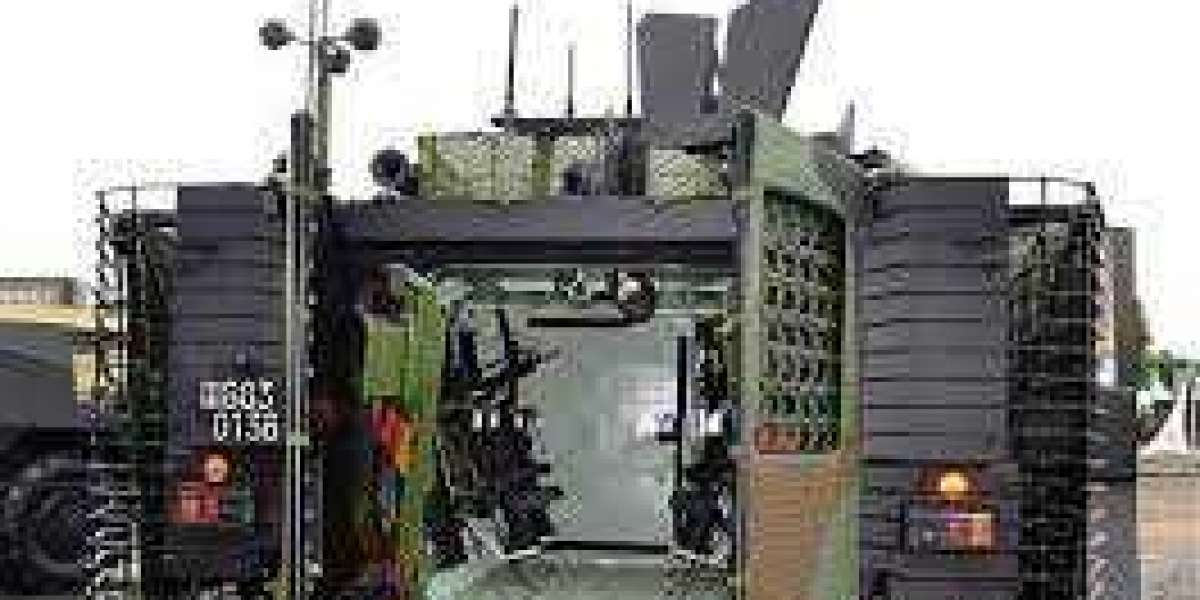Turbine Control Systems Market Highlights
Turbine Control System Market is projected to be worth USD 21.65 billion by 2027, registering a CAGR of 4.73% during the forecast period (2021 - 2027)
The turbine control system is a digital control system that is designed to control and protect the different types of turbines including steam turbines, gas turbines, and others (wind and hydro turbines). The operation of the control system is conducted through the electronic functions and algorithms that are incorporated in the software and hardware components of the turbine control system.
The global market for the turbine control system has been segmented by components as hardware and software. The hardware segment is further segmented into the controller, sensors, human-machine interface, and others. The hardware segment consists of various components used in a turbine control system to monitor and control various aspects of the turbine activities. Some of the hardware components used in turbine control systems include controllers, sensors, human-machine interface (HMI), and others. The software includes the collection of data and computer instructions that collect data from the hardware and executes prespecified programs to maintain the optimal functioning of the turbines. The software allows for turbine control within the same environment as an open plant process control. It also provides insights from real-time data to improve the operation and maintenance of the turbines.
By function, the global turbine control system market is segmented into speed control, temperature control, load control, pressure control, and others. The speed control function provides the operational control involving the speed limiting and acceleration functions of the turbine unit over the entire operating speed range. The speed control system is fully integrated with the load rejection and load anticipatory functions as well as a turbine trip system. The load control function controls the steam flow via the position controller. The logic signals derived from the unit load control system (ULCS) indicate operating conditions such as power load imbalance. The temperature control function prevents the exhaust temperature from damaging the turbine, especially gas turbines. When the temperature of the exhaust tends to rise closer to the referenced value, the temperature control compensator triggers the extraction fans to increase the airflow to decrease the exhaust gas temperature. This function reacts by increasing or decreasing the flow exhaust temperature with respect to the load demand of the turbine. For controlling the pressure, turbines are equipped with four valves, two valves are located on the top of the turbine and two valves are located on either side of the turbine. The pressure control function facilitates initial pressure (boiler follow mode) and limit pressure (turbine follow mode) functions.
Read More@ https://www.marketresearchfuture.com/reports/turbine-control-systems-market-6675
By type, the global market has been segmented into a speed turbine control system, gas turbine control system, and others. Steam turbine control systems are designed to allow safe and reliable turbine operation. The system controls the compressor and generator which drive applications featuring an integrated control package that provides speed and capacity control to the turbines. The Overspeed protection feature is also integrated within both the software and hardware of the system. It is also equipped with steam flow control, temperature control, sequencing/protection, and communication interfaces. Gas turbine control system performs many functions such as fuel, air, and emissions control; sequencing of turbine fuel and auxiliaries for startup, shutdown cooldown; synchronization voltage matching of the generator system; monitoring of all turbines; control auxiliary functions; and protection against unsafe adverse operating conditions. This system is specifically designed for gas and steam engines. The system also provides complete or partial control system retrofit for compression, power generation, and pumping applications.
Market Research Analysis
In terms of region, the global turbine control system market is segmented into North America, Europe, Asia-Pacific, Middle East Africa, and South America. Asia-Pacific dominates the global turbine control system market. The growing demand for uninterrupted power supply and the rising number of oil gas activities are expected to drive the growth of the turbine control system market in Asia-Pacific.
The major drivers for the growth of the turbine control systems market in China include the high demand for carbon emission reduction, increasing seaborne trade, and the availability of large shale oil reserves. According to the BP Statistical Review of World Energy 2018, the electricity generation in China increased from 6133.2 TWh in 2016 to 6495.1 TWh in 2017. The amount of electricity generated through natural gas has increased from 188.3 TWh in 2016 to 196.2 in 2017. An increase in the use of natural gas is primarily due to the large reserves of shale gas in the country. According to estimates, China currently has 21.8 trillion cubic meters (tcm) of shale gas reserves, which is estimated to further grow during the forecast period. The extraction of shale gas is expected to increase during the forecast period, which will increase its use in electricity generation through gas turbines. This is expected to drive the turbine control system market in China during the forecast period.
Scope of the Report
This study provides an overview of the global turbine control system market, tracking four market segments across five geographic regions. The report studies key players, providing a four-year annual trend analysis that highlights market size, and share for the Middle East Africa, North America, Europe, Asia-Pacific, and South America. The report also provides a forecast, focusing on the market opportunities for the next five years for each region. The scope of the study segments the global turbine control system market by component, function, type, and region.
By Component
- Hardware
- Controller
- Sensors
- Human-Machine Interface (HMI)
- Others
- Software
By Function
- Speed Control
- Temperature Control
- Load Control
- Pressure Control
- Others
By Type
- Steam Turbine Control System
- Gas Turbine Control System
- Others
By Regions
- North America
- Europe
- Asia-Pacific
- Middle East Africa
- South America
Key Players
The major players in the Global Turbine Control System Market are Woodward, Inc. (US), Rockwell Automation (US), HPI, LLC. ALL (US), Innoway Future Solutions Pte Limited (Singapore), General Electric Company (US), Mita-Teknik (Denmark), Emerson Electric Co. (US), Heinzmann GmbH Co. KG (Germany), DNV GL (Norway), ABB (Switzerland), Honeywell International, Inc. (US), Siemens AG (Germany), and Spica Technology Aps (Denmark).


